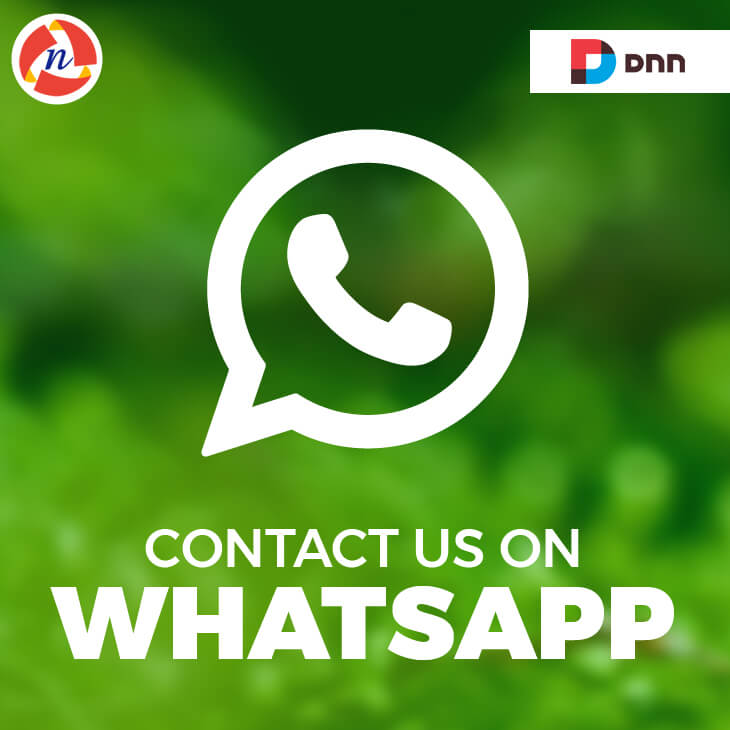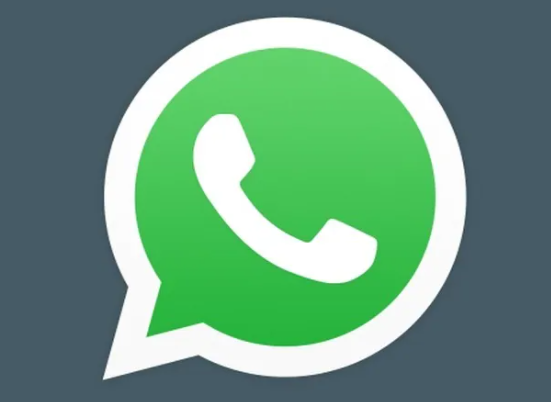
While the app was created in the United States and is popular throughout North America, the two countries with the most users are actually India and Brazil.īecause of its global audience, brands that are looking to market internationally are able to leverage WhatsApp, as well as global social networks, and paid advertising campaigns.īut, despite WhatsApp's global opportunities, the platform still presents a few challenges for brands.Early Challenges of WhatsApp Meanwhile, other brands have leveraged WhatsAp as a channel where customers or prospects can contact them with questions about a product.Īside from WhatsApp's large user base and brand-friendly features, the app's also become intriguing to companies because of how it's pulled in users from all around the world.

With these features, companies like British Vogue could build group chats filled with prospects and send content or offers to them. Most recently, in 2018, the app innovated even further by adding a group chat option and group video calls. It's also gained major attention from brands.
#2015 whatsapp inc full#
Since then, WhatsApp's evolved from an SMS tool to a full platform of features. I never needed to use my junky temporary phone again.Īfter using WhatsApp for a few months, it was pretty apparent that this simple Wi-Fi fueled tool was going to be a big innovation in the telecommunication industry.Ī few years after my trip abroad, WhatsApp became even more well known when it was acquired by Facebook in 2014. Almost instantly, I was able to call my parents and connect with friends in the U.S.

#2015 whatsapp inc download#
cell phone bill with roaming fees and spending countless euros just to text my roommate on pay-as-you-go Irish phone, my classmates told me to download WhatsApp. The app became popular as an alternative to paying costly phone bills to communicate with loved ones around the world.Īs one of WhatsApp's earlier adopters, I discovered the app when studying abroad in Ireland.Īfter blowing up my U.S. When the app launched in 2009, it was just a basic SMS platform that allowed you to log on, text message friends, send photos or videos, and make voice calls globally using Wi-Fi. In 2019, WhatsApp reached 2 billion global users and solidified itself as the most popular mobile messaging app worldwide.


 0 kommentar(er)
0 kommentar(er)
